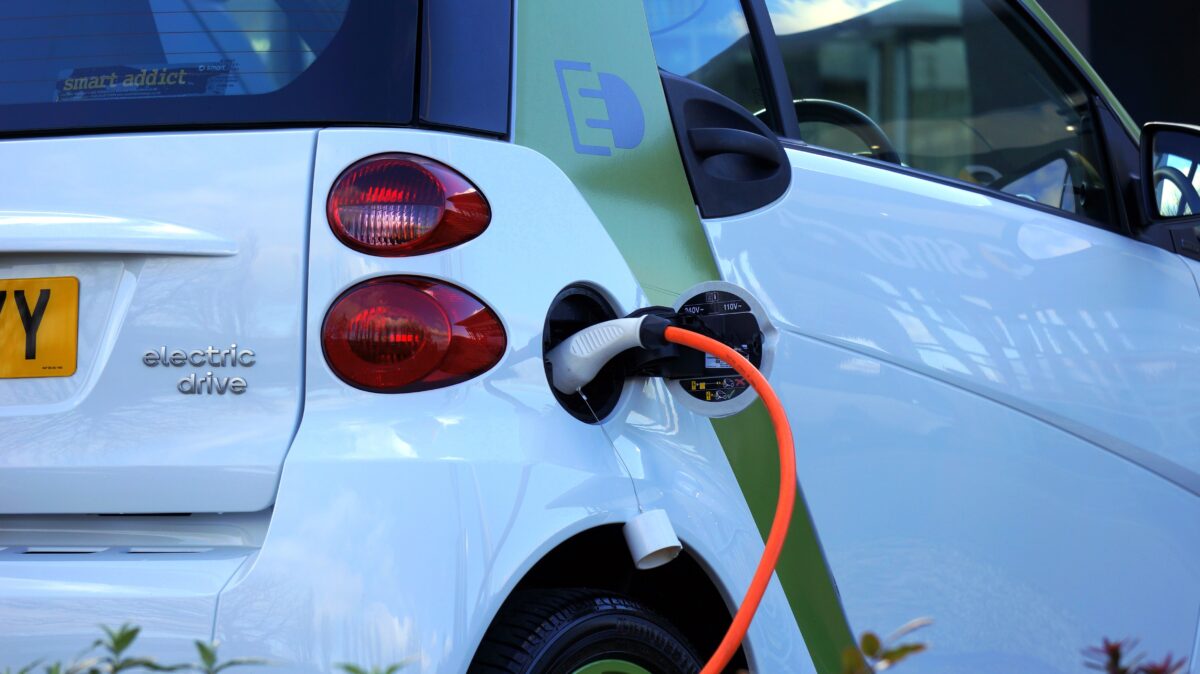The California Energy Commission has officially greenlighted a $1.9 billion investment plan to build out electric vehicle charging and hydrogen refueling infrastructure in the state.
The plan, which falls under the commission’s clean transportation program, outlines investments for charging and refueling infrastructure for light, medium, and heavy-duty zero-emission vehicles in California – “creating the most extensive charging and hydrogen refueling network in the country,” according to the agency.
The money comes from the $48 billion California Climate Commitment, a comprehensive climate plan pitched by Gov. Gavin Newsom, which includes a $10 billion carve out to decarbonize the transportation sector. With the latest funding, state regulators expect to install 40,000 new chargers across the state, on top of the 94,000 public and shared private chargers that have already been deployed. In total, California is set to install some 250,000 chargers over the next few years, when taking into account previous funding plans, federal funding and other utility programs.
The funds, which span 2023 to 2027, include $657.6 million for light-duty electric vehicle charging infrastructure and $1.02 billion for zero-emission truck and bus infrastructure. In addition, $130 million is earmarked for zero-emission port infrastructure, and another $5 million for workforce development in the zero-emission vehicle space. The funds will be made available over the next four years and projects can apply for them through competitive grants.
The investment plan also has a heavy focus on equity, with at least half of the funding going to benefit “priority populations.” Regulators need to ensure that the state’s zero-emission refueling infrastructure is for everybody, Patty Monahan, lead commissioner for transportation with the CEC, said.
“By investing a bulk of funds to benefit low-income and disadvantaged communities, the state is making sure communities most in need have better access to chargers and less pollution from trucks and buses,” she added.
At the same time, regulators in California are facing a tension between rapidly deploying zero-emission vehicle infrastructure and ensuring that it’s grid friendly.
“It costs more to make it grid-friendly – pairing it with solar-plus-storage means you build less chargers,” Monahan said, during a commission business meeting.
“I will say that this is a tension that we face, because we need to build as many chargers as we can as fast as we can… and we need to be attentive to the grid at the same time. So we’re trying to juggle these two,” she added.
In fact, without proper resource management, California utilities might need to spend up to $50 billion to prepare their distribution grids for a high level of EVs, electric heating in buildings, and other distributed energy resources by 2035, a study by power software and consultancy Kevala, Inc., conducted for the California Public Utilities Commission concluded last May. The study found that electrifying more end uses would drive up peak load, thereby necessitating grid capacity upgrades.
Transportation electrification, in particular, drove a significant portion of the distribution grid impacts, the study noted, and the costs associated with preparing the grid for the influx of zero-emission vehicles will “escalate in earnest in 2030 and dramatically increase by 2035 regardless of scenario.”
This content is protected by copyright and may not be reused. If you want to cooperate with us and would like to reuse some of our content, please contact: editors@pv-magazine.com.








Did Shell not abandoned the hydrogen fuel project …..what does California know that Shell does not ?